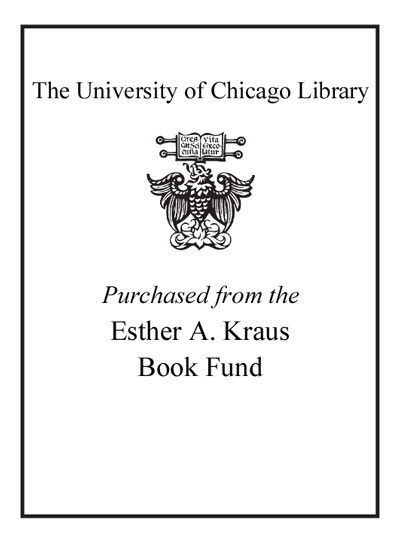Review by Choice Review
The Society of American Foresters defines salvage logging as "the removal of dead trees or trees damaged or dying because of injurious agents other than competition to recover economic value that would otherwise be lost." This has become a contentious issue in American forestry. Proponents argue that salvage is necessary to recover economic loss and to assist in the regeneration of the next forest. Opponents argue that salvage logging can be more damaging than cutting an otherwise healthy forest, and that natural disturbances are normal and forests should be allowed to recover naturally. Here, Lindenmayer (Australian National Univ.), Burton (Canadian Forest Service), and Franklin (Univ. of Washington, Seattle) aim to examine the ecological consequences of salvage logging in isolation of other management considerations and supply a reference for policy makers and land managers. This brief work has only six linked chapters, including a discussion of natural disturbances, the effects of salvage logging, case studies, reducing ecological impacts, and recommendations toward better management of naturally disturbed forests. The volume will be useful to natural resource managers and can easily be read by nonexperts in the field, especially since it contains a glossary of technical terms. Summing Up: Recommended. Upper-division undergraduates through professionals; two-year technical program students; general readers. M. G. Messina Texas A&M University
Copyright American Library Association, used with permission.
Review by Choice Review


